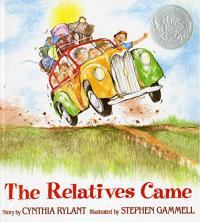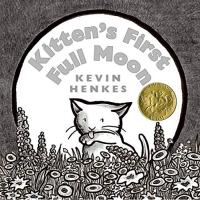What is dictation?
Dictation is the process of writing down what someone else has said. With young children, dictation offers a way for a parent or a teacher to record a child’s thoughts or ideas when the writing demands surpass writing skills. Dictation provides a chance for an adult to model many writing behaviors including handwriting, matching sounds-to-letters to spell words, and sentence formation.
Key Information
Focus
Appropriate Group Size
Why use dictation?
- It allows students to watch as an adult writes using many conventions of writing, such as letter formation, punctuation, spacing between words, and more.
- Teachers can model how to listen to sounds in words and write the corresponding letters.
- It prvides an opportunity to model that speech can be written down and read back.
- Dictation can be used across the content areas.
How to use dictation
Basic steps
- Ask your student to draw a picture of something of their choice — their family, a house, their pet, or another concept that the child is familiar with.
- Then ask your student to say a sentence or two about the picture, for example “Our dog is brown.”
- Write the child’s words on the bottom of their picture and read them back.
- As you write, model a clear sound to letter match. “We read a book about the moon. I’m going to write the word mmmmmmoon. What sound is at the beginning of moon? What letter makes that sound?”
- Encourage your student to read the sentence too.
Try a group story
Group stories can emerge from a shared class experience like a field trip or school assembly. Here’s how to do an interactive or cooperative writing activity:
- Start by brainstorming a title.
- Write down the children’s ideas. If necessary, prompt a sequence “What happened first? Then what did we do?” and so on.
- Record the sentences as the children dictate them.
- As you write, model a clear sound to letter match. “We read a book about the moon. I’m going to write the word mmmmmmoon. What sound is at the beginning of moon? What letter makes that sound?”
- When the story is finished, read the story aloud with your students.
- Read it several times, then ask if anyone would like to read it by himself. Give everyone a chance to read.
- Later, copy the story on chart paper and display it in the classroom.
Watch a lesson on cooperative writing (whole class)
Students write a story together with their teacher, using dice to determine how many words to add to complete each sentence. (Balanced Literacy Diet: Putting Research into Practice in the Classroom)
Watch a lesson on interactive writing about a read aloud (whole class, kindergarten)
The teacher leads her students in a group writing activity about the characters and character traits in a recent class read-aloud book, Munching Millie. (Courtney Chan)
Watch a lesson on interactive writing (small group, kindergarten)
This kindergarten teacher guides students to say words slowly, listen to themselves, and record the sounds they hear. Embedded in the lesson is instruction on letter formation, left to right tracking, and learning names. (Fairfax County Public Schools)
Watch a demonstration on moving from drawing to writing (kindergarten)
Get tips on how to help your young writers transition from drawing to writing. In this example, the teacher begins with picture captions and then moves to words and sentences. Invented spelling is allowed. (Learning at the Primary Pond)
Differentiate instruction
For second language learners, students of varying reading skill, and younger learners
- Vary your expectations for the length of dictation based on a child’s language and/or age.
- Strategies such as this enable children from other cultures to bring their different experiences into the classroom to share. Sharing dictations through whatever means will enrich the other students’ experience.
- Dictations with the whole group in the form of a class story may serve to familiarize students with the strategy.
Use across the content areas
Science
Children learn to describe and care for plants and animals, recording their findings in science journals through pictures, dictation, or kindergarten-style writing.
Social Studies
Ask your students to summarize a read-aloud on a social studies topic. Write the student dictations on chart paper. Summaries can be read by the whole class.
See the research that supports this strategy
Some of the writing research that involves dictation comes from a whole language perspective. Our instructions for using dictation encourage a more explicit approach to using the strategy.
Children’s books to use with this strategy

The Relatives Came

Kitten’s First Full Moon

Duck for President

A Chair for My Mother

Mama, Do You Love Me?

Diary of a Worm

The Other Side

